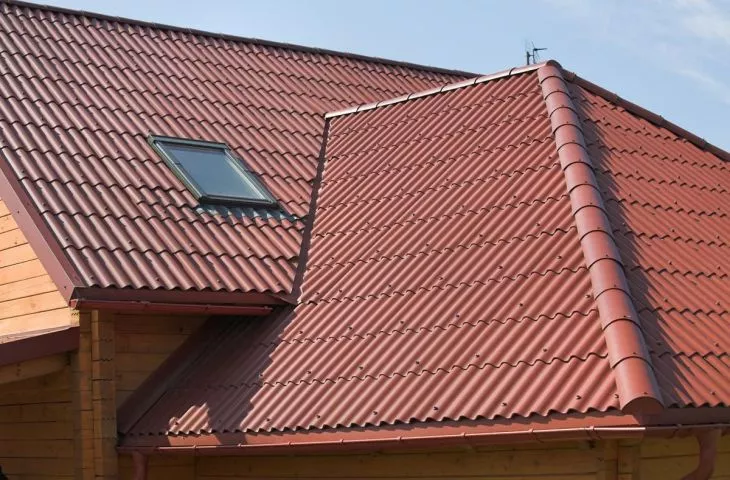Fiber-cement is a material used mainly in roofing and building facades. Until recently, it was considered a material harmful to health and the environment by the asbestos added to it, so its popularity declined somewhat for a while. However, the method of production has changed over the years - today, fiber-cement is an environmentally friendly, fully biodegradable material and is often used in home construction by architects, professionals and clients.
In the 1960s and 1970s, mainly roofing eternit, or asbestos-cement, panels were produced. Interestingly, the name eternit (from the Latin aeternum - eternity) was purely commercial, but over time it became a common name, like adidas today. It was patented in 1901 by Ludwig Hatschek, an Austrian who owned an asbestos factory. Although it was a durable and weather-resistant material, but due to asbestos fibers that can be deposited in the lungs - harmful to humans.
Currently, according to a decree of the Ministry of Economy, all roofing containing asbestos must be replaced by the end of 2032. The European Union imposed a total ban on the marketing of such products as early as 2005. Today, fiber-cement is a safe and natural product made of cement, and dispersed PVA fibers that affect the reinforcement.
Thanks to the use of special fibers, products using this material are extremely lightweight, yet strong and weather-resistant. Thanks to this combination, engineers, architects and designers can redefine the basic requirements defining what can and cannot be done in terms of exterior construction - whether vertical, horizontal or roofing, says Marcin Pakuła, Technical Project Manager at Cembrit.
The main properties of fiber-cement:
- total resistance to temperatures below 0oC, snow, freezing, melting and rain - even heavy rain - as well as heat, high humidity and direct sunlight
- high pH value, which makes it extremely resistant to algae and bacteria, as well as moss and fungal overgrowth, etc. - even in conditions and climates where this is often a problem
- is able to absorb and release moisture in an unlimited number of cycles, without affecting the durability and life of the product
- is impervious to water - no painting, varnishing or coating required
- is fireproof and noise dampening
Fiber-cement has become an attractive material for use not only in the construction of houses (roofs or facades), but also in the form of roofing in agriculture, farms or horse farms, and - interestingly - also in the modernization of historic buildings. Corrugated sheets and roofing tiles are produced today in many shapes, profiles and formats, as well as in a wide range of colors. They give many different options for installing them and matching them to the specifics of a given building, which means no restrictions during design. Thus, they will be perfect for the implementation of non-trivial concepts, in complex roof structures and as interior finishing elements.
For more information, visit the CEMBRIT website on our portal.















